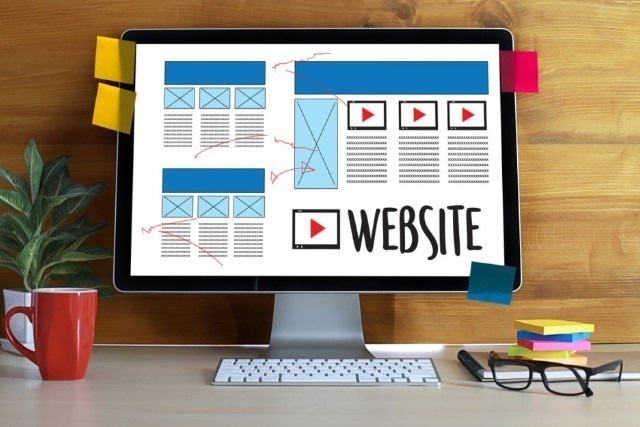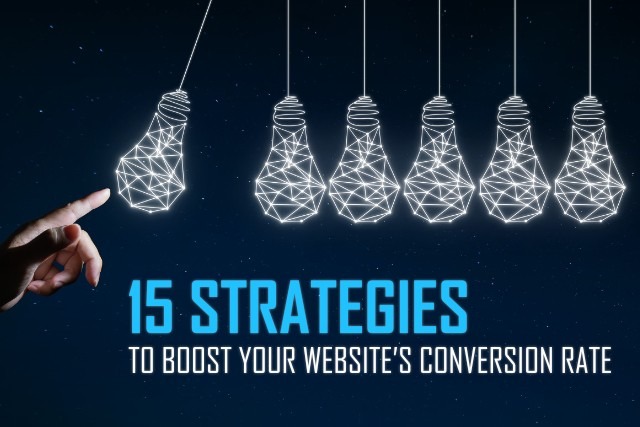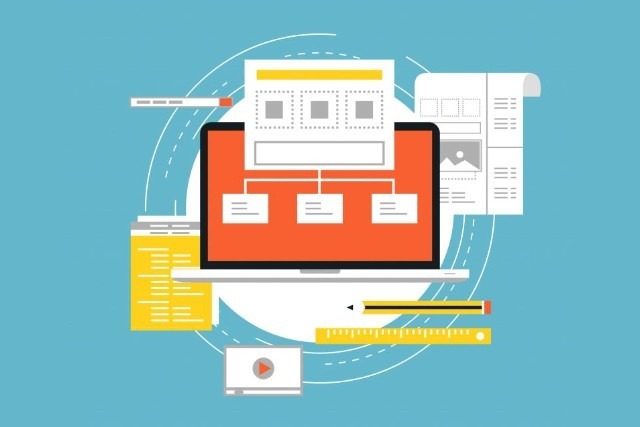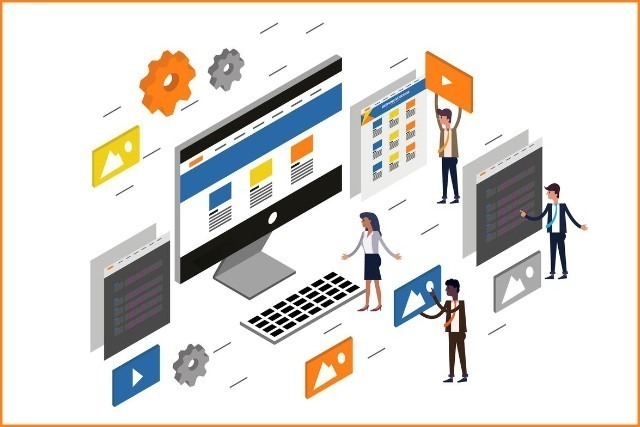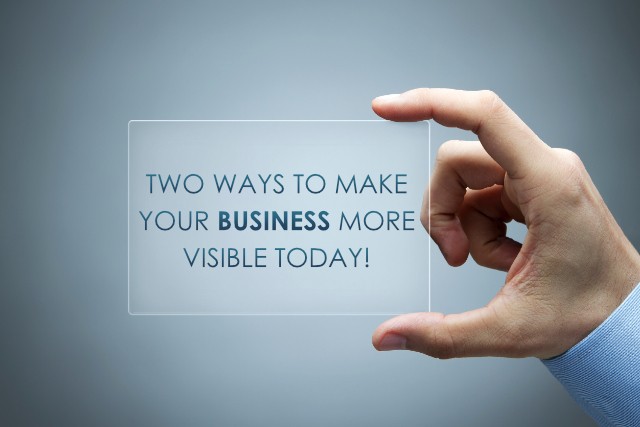Take a 5 minute website workshop and improve your customer experience.
Your website is a vital piece of your business, and we want you to have the most traffic possible going through it every day. That is why we put together these “Must-Haves” that you need to be checking on a regular basis in order to ensure you are gaining the most customers possible.
While working through this list we suggest pulling your website up next to this window so that you can properly analyze your site.
First, we will take a look at whether or not the website is correctly designed.
Your website…
- Must be user-friendly
- Must set a clear path for customers to make a purchase
- Must have trust signals
- Name of the Business Owner
- Address, Phone
- Must have security
- Use HTTPS or Secure Sockets Layer
- Must have customer support contact information
Now let’s take a look at the answers that the customer is looking for when they get to your website. No matter what point the customer is in the buying process, they are going to have questions and concerns.
You need to have the answers to these questions readily available to them or they will quickly move on to another site that does.
- Why should they buy from you?
- What benefits your product/service will give to them?
- What Features does it offer?
- What are the technical details and specifications?
- Where are the guides and tutorials?
- Do you have any testimonials from real customers?
These are all things that you need to have on your website to ensure the steady flow of customers coming through your site. Even addressing one or two issues that you noticed while reviewing this list can have a major impact on the number of customers you see moving through your website.
Are you ready to grow your business now? If you’re ready to take the next step and make your business more profitable, please reach out to us.
If you like the information you are receiving, please share this post.

